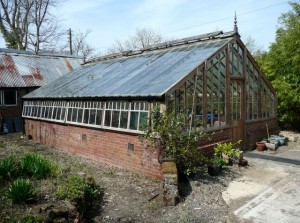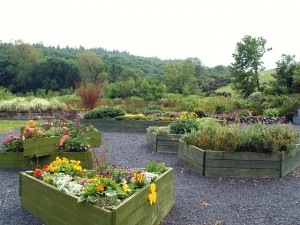How do you keep voles out of your garden?
 This is a question posed to me by a friend. Keeping Voles out of the garden is a tough one. The little varmints love to eat our plants and they are particularly challenging for many gardeners.
This is a question posed to me by a friend. Keeping Voles out of the garden is a tough one. The little varmints love to eat our plants and they are particularly challenging for many gardeners.
Here’s some background information about Voles. (source: Wikipedia)
Voles are small rodents that grow to 3-9 inches, depending on the species. They can have 5–10 litters per year. Gestation lasts for 3 weeks and the young Continue reading





